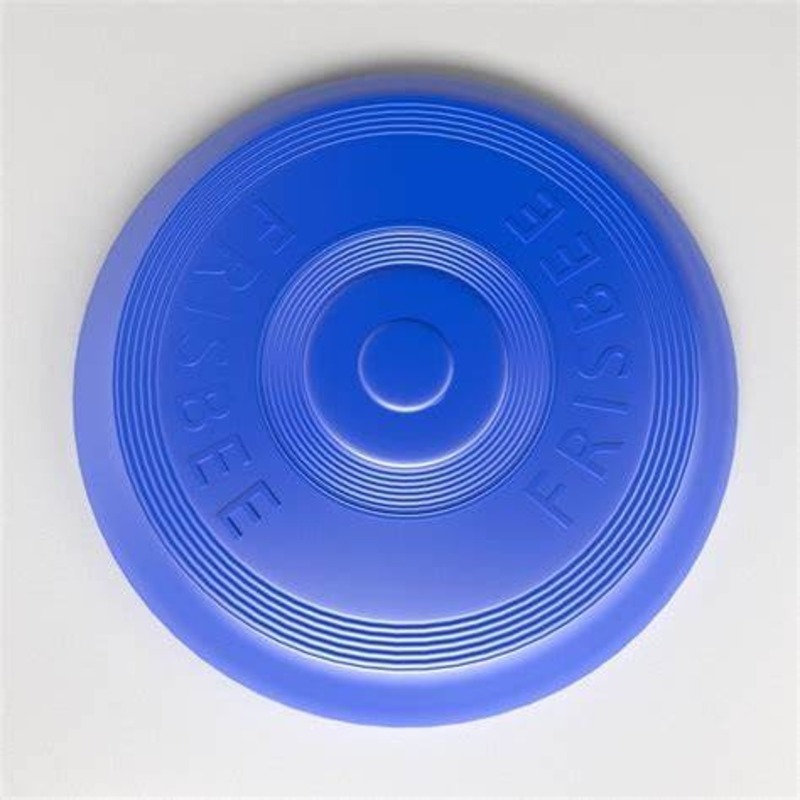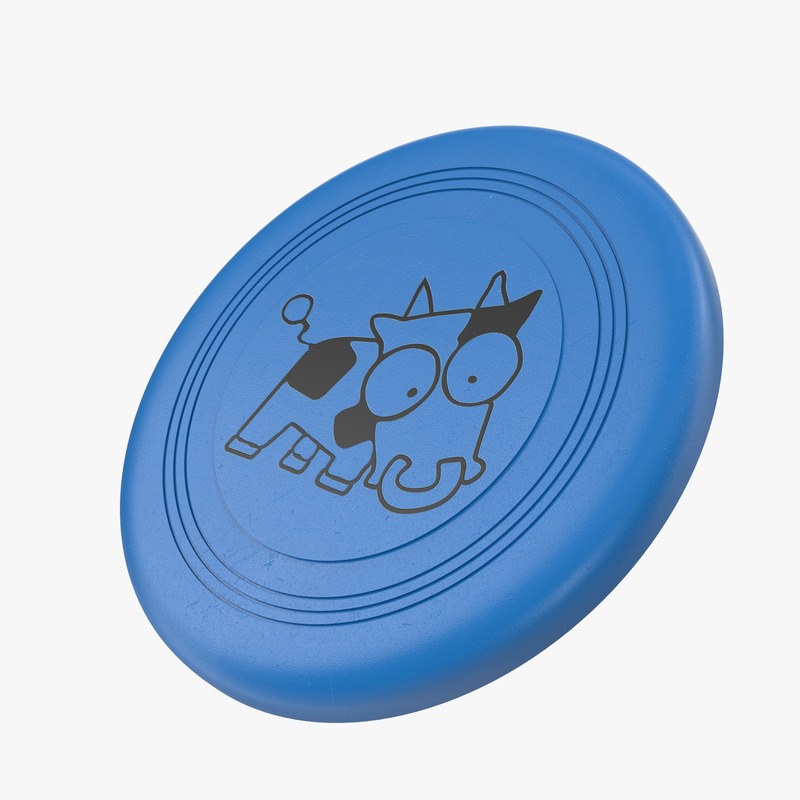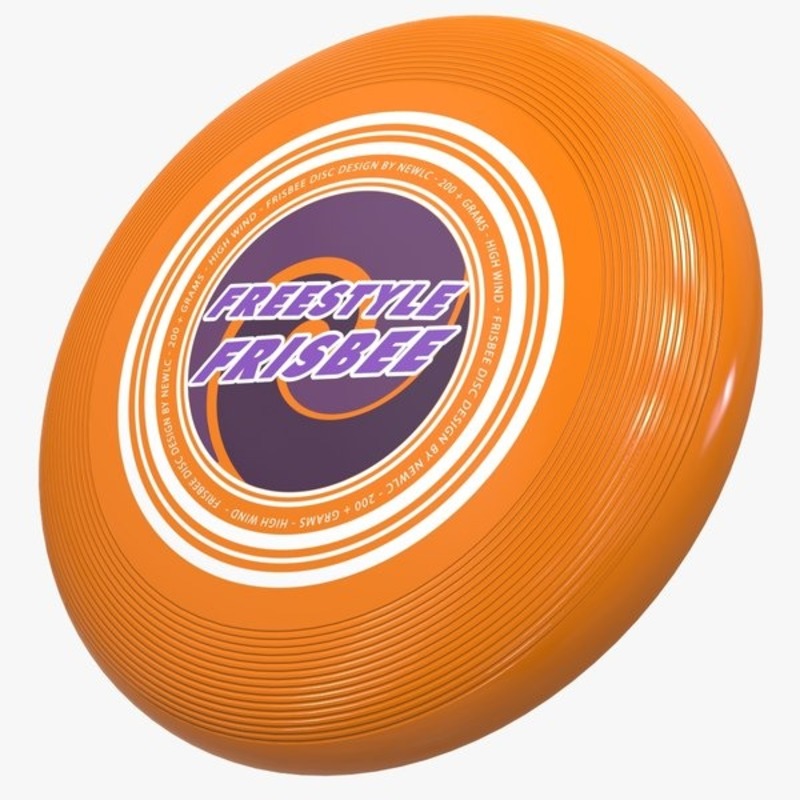Introduction to 3D Frisbee Game Design
The world of gaming constantly evolves, introducing exciting ways to engage players. One such avenue is 3D frisbee game design. This introduces a new dimension to the classic game. Designing a 3D frisbee game requires innovation and a deep understanding of gameplay mechanics. A 3D frisbee game takes players beyond the traditional field, into fantasy worlds or unique settings. It combines the simple joy of throwing a frisbee with the immersive nature of 3D gaming. This fusion creates a unique experience that can attract a diverse audience.
Game designers must focus on realism and physics to capture the true essence of frisbee flight. At the same time, intuitive controls ensure that the game remains accessible to players of all skill levels. From crafting engaging environments to designing characters and frisbees with distinct styles, every element plays a crucial role.
In this blog, we’ll explore the techniques and considerations crucial to creating a successful 3D frisbee game. We aim to share insights into game realism, immersive environments, character design, control dynamics, and multiplayer features. These components, when skillfully integrated, can set the stage for a thrilling and enjoyable gaming experience for players worldwide.
Key Elements of a Successful 3D Frisbee Game
Designing a captivating 3D frisbee game goes beyond mere programming and graphic design. Several key elements are indispensable for creating an engaging and successful experience for players. Here are some of these crucial components:
- Realistic Physics Engine: The cornerstone of any 3D frisbee game is its physics engine. This core component simulates the aerodynamics of frisbee flight. It ensures that the frisbee behaves in a manner consistent with real-world physics. A well-implemented physics engine will make every throw feel genuine and rewarding.
- Immersive Game Worlds: Players should feel transported to a different realm when they enter your game. Crafting visually appealing and diverse environments heightens the gaming experience. Varied terrains can add strategic depth to the gameplay.
- Distinct Character Models: Introducing a variety of characters with unique abilities and styles encourages players to connect with the game. This diversity also adds to the game’s replay value.
- Customizable Frisbees: Providing options for frisbee customization allows players to personalize their experience. This can include changes in design, color, and flight characteristics.
- Intuitive Control Schemes: Regardless of a player’s experience level, controlling their character should feel intuitive. Simple and responsive controls are essential for an accessible yet challenging game.
By integrating these key elements seamlessly, a 3D frisbee game can engage and delight players, delivering an unforgettable gaming experience that stands out in a crowded marketplace. To achieve this goal, game designers must not only focus on these elements individually but also on how they interact to create synergistic gameplay.

The Physics of Frisbee Flight and Its Impact on Game Realism
When designing a 3D frisbee game, the physics of frisbee flight is paramount. The game must mimic the real-life behavior of a flying frisbee. This involves accurate simulation of forces like gravity, air resistance, and lift. These forces determine the frisbee’s path as it sails through the air.
A realistic physics engine can make the difference between a good game and a great one. Here’s why it’s crucial for game realism:
- Gravity and Lift: A frisbee thrown in the game should arc and dip as it would in the real world. This is due to gravity pulling it down and lift pushing it up.
- Air Resistance: As a frisbee spins through the air, air resistance slows it down. Your game should capture this gradual decrease in speed.
- Spin and Stability: Frisbees fly stable because of their spin. In a game, this spin affects the frisbee’s flight path and stability. It’s important to get this right.
- Accuracy of Throwing Mechanics: The way a player throws the frisbee in-game should influence its flight. Players must feel their input has a direct effect.
- Interaction with Environments: The frisbee should react to environmental factors. For example, wind in the game could alter its flight, just as it would outdoors.
By closely replicating these aspects, you can create a more immersive and believable 3D frisbee experience. Players will appreciate the attention to detail and feel more connected to the game. Remember, the key is to make the virtual frisbee’s behavior feel as natural as a real one. And this serves as the foundation for an engaging and thrilling 3D frisbee game.
Crafting Immersive Environments for 3D Frisbee Games
Creating an environment that captivates players is a must for 3D frisbee games. These environments are more than backdrops; they’re interactive spaces that shape the players’ experiences. Here’s how to make them immersive:
- Vivid Graphics: Use bright, high-quality visuals to bring game worlds to life. Eye-catching graphics can keep players engaged for hours.
- Dynamic Elements: Incorporate moving elements like swaying trees or flowing water. This adds depth to the game and makes the world feel alive.
- Varied Terrain: Mix up the playing field with hills, valleys, or urban structures. Each terrain type can introduce unique challenges and strategies.
- Weather Systems: Implement weather changes, such as rain or wind, which can affect frisbee flight. This brings a layer of complexity to gameplay.
- Theme Consistency: Ensure the game’s environments fit the overall theme. If your 3D frisbee game is set in a fantasy world, the surroundings should reflect that.
- Interactive Objects: Allow players to interact with objects in the environment. This could be as simple as knocking over a bottle or as complex as navigating obstacles.
- Sound Design: Use ambient noises and soundtrack to enhance the atmosphere. The sound of wind or birds can make the environment feel more real.
By focusing on these aspects, game designers can craft worlds that players want to return to time and again. Immersive environments are key to a memorable 3D frisbee game that stands out in a competitive market.

Character and Frisbee Design Nuances
When diving into the world of 3D frisbee games, character and frisbee design are crucial. These elements greatly influence how players connect with the game. They help in creating a unique gaming identity. Here are tips for designing both characters and frisbees that resonate with players:
- Unique Character Traits: Give each character distinctive abilities and styles. This variety lets players find a character they relate to. It also boosts the game’s fun factor.
- Diverse Character Skins: Offer skins or outfits for characters. These should align with different themes or levels achieved. It lets players customize their gaming experience.
- Frisbee Customization Options: Let players change their frisbee’s look and flight pattern. Customization can include colors, patterns, and special effects. People enjoy making their frisbee stand out.
- Realistic Frisbee Textures: Design frisbees with textures that mimic real frisbee materials. This detail adds to game realism.
- Character Animations: Create smooth and expressive animations. They should reflect each character’s personality in movements and victory poses.
- Physics-based Frisbee Design: Make sure that the design of the frisbee adheres to the physics rules established in the game. The frisbee’s shape and weight should affect its flight.
Incorporating these nuances into your 3D frisbee game not only adds depth to gameplay but also keeps players coming back. Attention to detail in character and frisbee design is what can make your game stand out in the crowded 3D gaming market.
Implementing Intuitive Controls for an Engaging Player Experience
Developing intuitive controls is essential for keeping players engaged in a 3D frisbee game. Controls must be simple, allowing players of all levels to pick up the game quickly. Here’s how to implement controls that enhance the player experience:
- Ease of Use: Controls should be straightforward. Players should be able to throw and catch the frisbee without confusion.
- Tactile Feedback: Offer vibrational feedback or audio cues. This helps players feel each action they perform in the game.
- Tutorial Mode: Include a tutorial. It can show new players how to use the controls effectively.
- Customizable Controls: Allow players to adjust the control layout to fit their preferences. This makes the game more accessible.
- Responsiveness: Make sure there’s no lag between player input and on-screen action. Quick response times are vital.
- Gesture Recognition: If using motion controls, ensure gestures are accurately recognized. This prevents frustration during gameplay.
- Adaptive Difficulty: Controls should adapt to the player’s skill level. As players improve, they should unlock more complex maneuvers.
By ensuring that controls are user-friendly and responsive, you can provide a more enjoyable gaming experience. Intuitive controls are a key factor in making a 3D frisbee game not only fun to play but also easy to return to, game after game.
Multiplayer Features and Social Interaction in 3D Frisbee Games
In 3D frisbee games, multiplayer features are vital. They allow players to connect and compete with others. Social interaction can make the game more exciting and give it a wider appeal. Here are ways to include multiplayer features and foster social interaction:
- Online Multiplayer Modes: Enable players to compete or team up online. This can include tournament play, casual matches, or co-op challenges.
- Leaderboards: Introduce global leaderboards. Players can see how they rank against others worldwide. Striving for the top can be a powerful motivator.
- Social Sharing: Give players tools to share their achievements or best moments. This can be through in-game snapshots or replays that they can easily post on social media.
- Friend Systems: Let players add friends and create groups. They can plan games together or track each other’s progress.
- Interactive Spectator Mode: Allow others to watch live games. Spectators can cheer, chat, and perhaps influence certain game elements.
- Custom Matches: Players should be able to set up private matches with their own rules. This can be great for friends who want to play together.
- Community Events: Hold regular events or contests. These can bring the player community together and create a sense of belonging.
By focusing on these multiplayer and social features, game developers can create a thriving, inclusive 3d frisbee game community. This drives engagement and can foster a dedicated fan base.

Balancing Challenge and Fun for a Wide Audience
Finding the right balance between challenge and fun is key in 3D frisbee games. Games should be enjoyable for everyone, from beginners to seasoned players. Here’s how to strike that balance:
- Adjustable Difficulty Settings: Offer different levels of difficulty. Players can choose a level that suits their skill.
- Progressive Skill Development: Design the game so that skills build as players progress. This helps beginners learn and keeps experts engaged.
- Varied Game Modes: Introduce game modes with various challenges. This adds interest and prevents the game from becoming dull.
- Rewarding System: Reward players for small wins as well as big achievements. This keeps them motivated throughout the game.
- Feedback Mechanism: Provide instant feedback for players’ actions. Positive reinforcement can encourage continued play.
- Balanced Matchmaking: In multiplayer, match players with similar skill levels. This ensures fair play and reduces frustration.
- Accessible Learning Curve: Make the initial learning curve gentle. New players can get hooked while they learn the basics.
By paying attention to these areas, game designers can cater to a diverse audience. They ensure that their 3D frisbee game remains challenging enough to be engaging, yet fun enough to be inviting to all players.
Conclusion: Bringing It All Together
In the world of 3D frisbee game design, every detail counts. We’ve explored the numerous facets that combine to create an exhilarating and memorable game. A robust physics engine is the foundation, giving each frisbee throw a feeling of reality. Immersive worlds captivate and draw players into the game’s universe. Characters and frisbees with unique designs allow for personal expression and deeper connection. Intuitive controls ensure that the game is easy to pick up and hard to put down. Multiplayer features and social interactions weave players into a competitive and communal tapestry. Lastly, a careful balance of challenge and fun caters to a broad audience, making your game enjoyable for all.
From the detailed flight dynamics of a frisbee to the lush vegetation of an otherworldly terrain, every aspect has been tailor-made to enhance the gaming experience. We’ve discussed how diverse character models and customizable frisbees can increase replay value. The importance of straightforward controls for an expansive audience was emphasized. We shared the excitement that multiplayer modes and social sharing bring to the experience. Equally, we outlined how adjusting the game’s difficulty can engage a wide range of players.
The journey from a simple disc-tossing activity to an immersive 3D experience is intricate. But, with the right blend of physics, artistry, and player-focused design, you can craft a game that stands out. We hope that by following these guidelines, your 3D frisbee game will soar through the skies of the gaming world, capturing the hearts of players everywhere. Get ready to design, develop, and deliver the ultimate 3D frisbee adventure!
